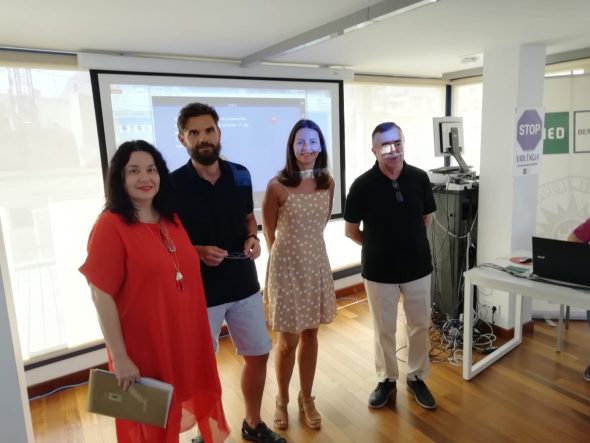The UNED Dénia in its Benidorm classroom imparted its "III Refresher course for teachers of E-L2 / LE" highlighting the presence of the paralinguistic and kinesthetic in the language and the importance of integrating it into the teaching of Spanish as a second language or foreign language.
The numerous factors that influence the learning of a new language, the different situations in which its teaching takes place and the constant evolution of information and communication technologies make it necessary to periodically review the knowledge, experiences and resources that we have at our disposal for the exercise of the profession.
In this third edition, the specialists who will give the presentations will talk about the paralinguistic and kinesthetic systems as universal resources and also related to each language ─ especially to Spanish─ and the behaviors that are part of their culture.
Despite the importance of paralinguistics and communication kinesthetics, Hispanic inventories of signs are not yet sufficiently determined and sequenced, so they are hardly treated in teaching materials and in class. In Spanish, the presence of paralinguistic and kinesthetic is fundamental, so the L2 apprentice must know which ones can transfer from his L1 and which ones to learn.
The course, sponsored by the City Council of Benidorm, was inaugurated by the Councilor for Education of the Benidorm City Council, Maite Moreno, the course director M.ª Antonieta Andión Herrero, and the Secretary of the CA UNED Dénia, Jaume Tortosa Amor and was directed teachers of Spanish as a foreign or second language, native and non-native speakers, and specialists in the area of Spanish teaching.
The purpose of the course was to review and update knowledge and practices that allow adapting to the different teaching-learning situations in which ELE professors carry out their professional activity, paying special attention to sociocultural, intercultural or affective aspects in the classroom , and the presence of paralinguistic and kinesthetic elements in the teaching of Spanish as a second language.







